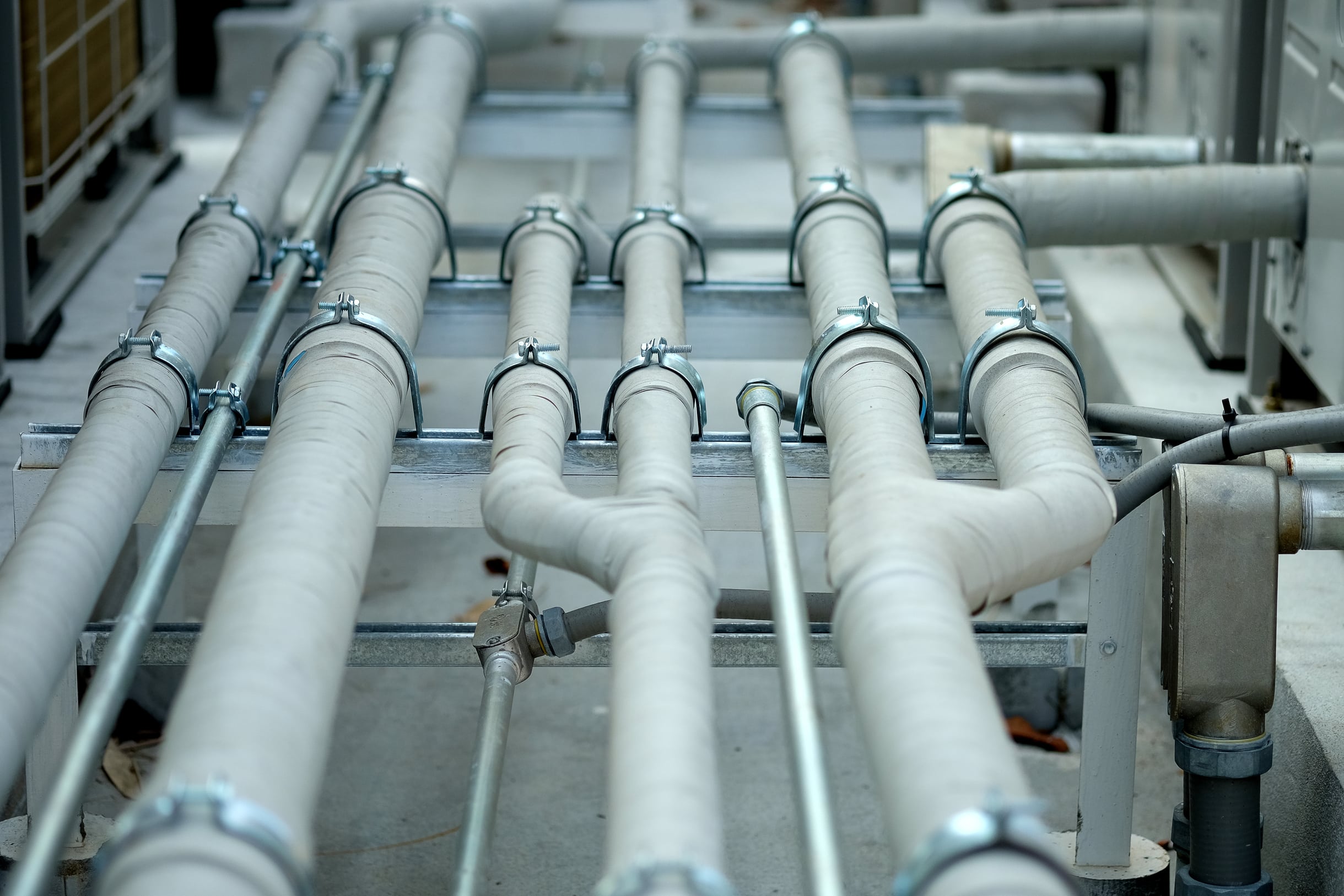What’s the Correct Procedure for Setting Up an Aftermarket Boost Controller in a Volkswagen Jetta?

The world of car performance enhancements is vast and often complex. For many of you, the thrill of driving your Volkswagen Jetta with added turbo boost is too exciting to ignore. One of the most effective ways of doing it is by setting up an aftermarket boost controller. But, how exactly do you do it? What are the steps involved? Today, we delve into the nitty-gritty of this procedure ensuring clarity and a good understanding of the process.
Familiarize with the Components
Before we get started, it’s crucial to familiarize yourselves with the key components of a turbo system. In a standard system, you’ll find the turbocharger, the wastegate, and the boost controller. The turbocharger increases the engine’s efficiency and power output by forcing extra air into the combustion chamber. The wastegate is the valve that bypasses excess exhaust gas, controlling the boost pressure from the turbo. Lastly, the boost controller manipulates the pressure going to the wastegate, tricking it to open later, which increases the boost.
Dans le meme genre : How to Install a Short Shifter in a Porsche Boxster for Faster Gear Changes?
In the aftermarket world, there are two types of boost controllers: manual and electronic. The manual boost controller (MBC) is a simple, mechanical device that diverts pressure from the wastegate. The electronic version allows more precise control over the boost level and typically includes a gauge to monitor the boost pressure.
Acquire the Necessary Tools
To install a boost controller in your Volkswagen Jetta, you will need several tools. These include a flat-head screwdriver, needle-nose pliers, Teflon tape, and hose clamps. Also, remember to purchase the boost controller of your choice. Please ensure you acquire good quality equipment to avoid potential damage to your car.
Sujet a lire : Can Retrofitting a Heated Windshield in a Ford Edge Improve Winter Visibility?
Now that we’re acquainted with the fundamentals, let’s dive into the procedure.
Installing the Manual Boost Controller
Manual boost controllers are preferred by some car members for their straightforward installation and operation. Now, let’s discuss how to install an MBC.
First, locate the factory boost controller or solenoid, usually found near the front of the engine bay. Then, using your screwdriver and pliers, disconnect the hoses leading to and from the controller. With the factory controller removed, you can now set up your MBC.
Attach one end of the MBC to the hose that leads to the wastegate. Secure it tightly with a hose clamp. Then, connect the other end of the MBC to the hose from the turbo outlet. Make sure all connections are secure and the MBC is safely mounted away from moving parts.
Given that it’s a manual controller, you will have to adjust the boost level by turning the control knob on the device. Make small adjustments at a time, and keep an eye on your boost gauge to monitor changes.
Setting Up an Electronic Boost Controller
For those who want a more precise control, an electronic boost controller (EBC) is the way to go. The installation process is slightly more complex due to the additional wiring and power requirements.
Start by locating and disconnecting your factory boost controller or solenoid. Next, connect the EBC to the turbo outlet and wastegate using the supplied hoses and hose clamps.
The real difference in installing an EBC comes with the wiring. You’ll need to connect it to a power source, such as the ignition switch, and then to a ground. It’s best to consult the specific wiring diagram provided by the manufacturer.
Once connected, secure the EBC in a convenient location within the driver’s reach. Most EBC units come with a built-in boost gauge, so you can monitor your boost levels as you drive. With the EBC installed, you can set your desired maximum boost level, and the controller will do the rest.
Final Steps and Cautionary Advice
Finally, after installing either a manual or electronic boost controller, it’s vital to test the system under controlled conditions. Start slow, and monitor your boost levels carefully. If you observe that the boost level is exceeding the manufacturer’s recommended maximum, adjust your controller accordingly.
While aftermarket boost controllers can enhance your car’s performance, it’s crucial to use them responsibly. Over-boosting can cause serious engine damage. Regular monitoring of your system is essential, and if anything seems off, a professional diagnosis is advisable.
Remember, the intention of this article is informational. Always consult with a veteran mechanic or professional before attempting any modifications to your car’s turbo system. Happy motoring!
Tuning the Boost Controller: A Step-by-Step Guide
You have now installed either an MBC or an EBC, and as such, your Volkswagen Jetta is a few steps away from experiencing that adrenaline-pumping, turbo-charged power. The next critical process is tuning your boost controller to ensure it delivers optimal performance without damaging the engine. But remember, tuning is a process best left to a veteran member of the car modification community or a professional mechanic.
If this is your first time tuning, don’t be disheartened. Consider observing how a professional tunes the car. You can learn a lot from a veteran member at the garage. In addition, you can leverage photo galleries and member garages on car enthusiast forums. These resources often provide a wealth of information for newbies.
Remember, during tuning, it’s crucial to monitor the boost gauge constantly. Start by setting the boost control at a low setting. Perform a test drive under controlled conditions, gradually increasing the boost while closely monitoring the boost gauge.
If the boost exceeds the recommended level by the manufacturer, immediately turn the boost down. While the thrill of a high boost is exhilarating, over-boosting can severely harm your engine. Therefore, the goal should be a balance between performance and safety.
Conclusion: Boost Controller for Enhanced Performance
The installation of an aftermarket boost controller in your Volkswagen Jetta is not a feat for everyone. But, with the right tools and a keen understanding of your car’s turbo system, you can successfully enhance your driving experience.
Whether you choose a manual or an electronic boost controller, remember to always exercise caution. Over-boosting can cause severe engine damage that may cost you a hefty sum to repair. Regular monitoring of your system using the boost gauge is a good habit to develop.
And, while this guide provides a wealth of information, never hesitate to seek professional advice or help from a veteran member in car modification forums. They can provide real-life experiences and practical tips that are often not captured in guides.
Remember, the ultimate goal is not just about enhancing performance but also about enjoying the process. Capture these memorable moments, and join gallery classifieds to share your experience and learn from others. Who knows, you might inspire another Volkswagen Jetta owner to turn up their boost.
The world of car modification is exciting. So, buckle up, monitor your boost controller, enjoy your turbo-boosted rides, and always remember to drive safely. Happy motoring!
